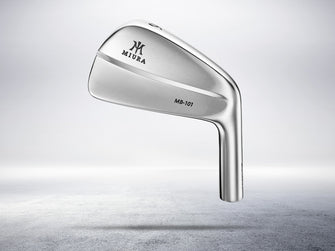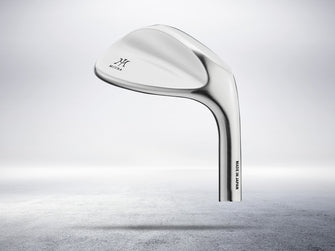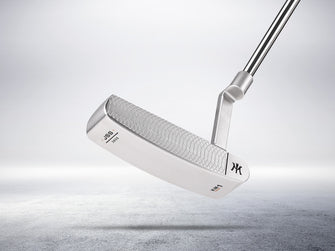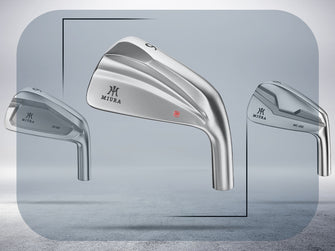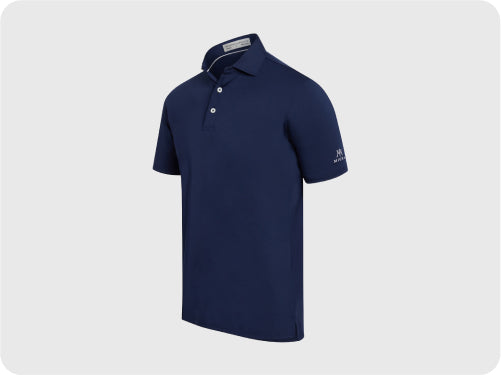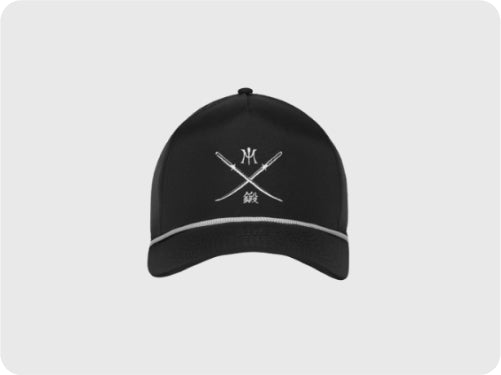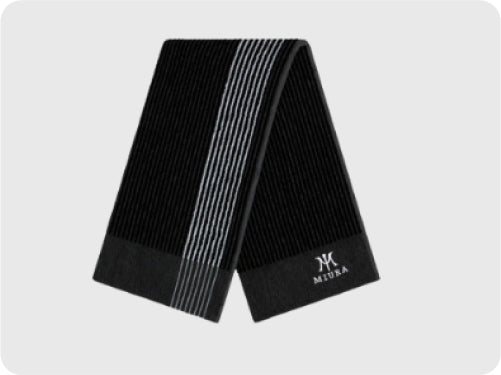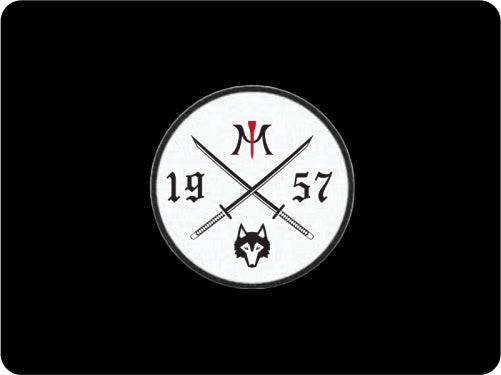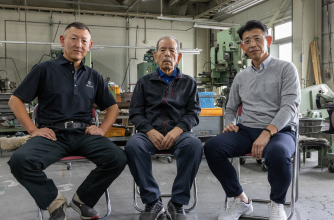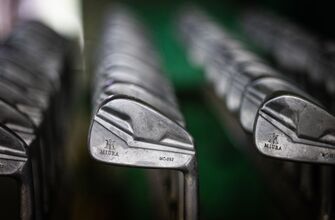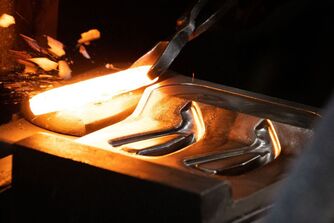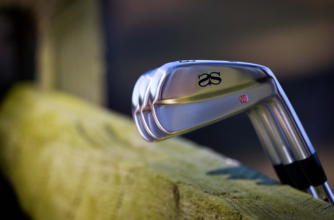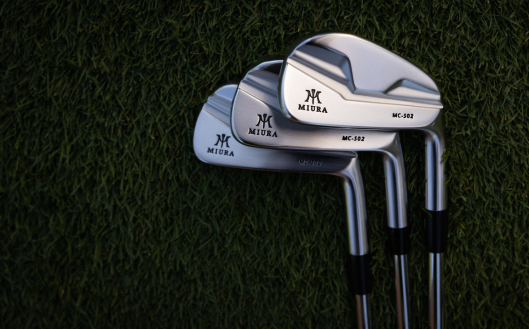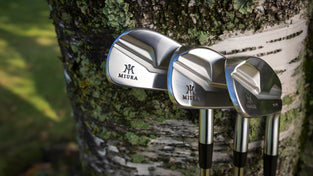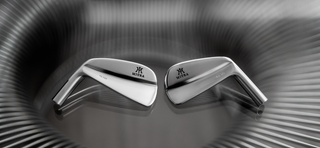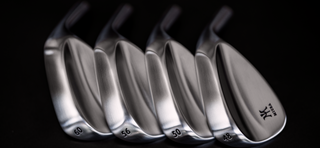Miura is different from other clubs because of our highly individualized forging process, as created by Katsuhiro Miura. Each club is handmade in our home factory in Himeji, Japan, according to a player’s specific specifications and customizations. Even the design mechanisms used to create each club are different from how other clubs in the industry are made -- using underlying design principles such as technical and transitional design.
Technical design entails a meticulous process of forging for club head precision. We strive to achieve a weight tolerance of +/-.5g, which exceeds all of today’s current industry standards. The end result is a club head that is as reliant as it is consistent. Then, transitional design refers to a seamless transition between many clubs in a set. Ideally, all 8-10 clubs in a set should work together beautifully, each with its own precise combination of loft, lie, weight, and design.
A New Forging Process
This standard of design is only achievable through Miura’s proprietary forging process, which was created by Miura-san, our founder. After many years in the industry working for golf manufacturers, Miura-san noticed something: the forging process was inherently flawed, because it did not permit for an accurate manipulation of the club head’s grain structure. When he proposed an alternative process to the forging company, it was promptly rejected.
Rather than giving up, Miura-san created Miura Giken, and spent the next seven years perfecting the forging process. That same forging process has continued to be refined, and is the same process used in the Himeji factory today.
The Details of Miura’s Patented Forging Process
In essence, Miura’s forging process proves why Miura clubs are so different from other clubs in the industry.
- Made with soft carbon steel. Each Miura club is made with the most premium raw material, called S20C. This grade of steel permits some of the tightest tolerances in the industry.
- First forging at 1200 degrees celsius. After the billets of S20C have been shaped, they are heated to 1200 degrees celsius, where the forging process begins without a hosel attached. This allows Miura craftsmen to properly manipulate the club head’s grain structure -- a different process than any other in the industry.
- Second forging. Then, the billet undergoes a second die where it is transformed into a precisely shaped golf head.
- Deburring. The utmost precision is guaranteed through the deburring process, which is also proprietary to Miura. The club head cools after its second strike, and the combination of one heating and two strikes provides for greater precision.
- W.D.D. Accurate Forged. This step goes beyond other club manufacturer’s forging process, and while time consuming, greatly improves the precision and playability of a club. At 800-900 degrees celsius, the club head’s grain structure is manipulated further to accurately define its weight, distribution, and density.
Following these steps in the forging process, the club head is then stamped and pressed, and then taken through a grinding and polishing process to produce the iconic and world-revered Miura clubs. Miura differs from other clubs because of its detailed forging process, use of premium and raw materials, and attention to detail.

